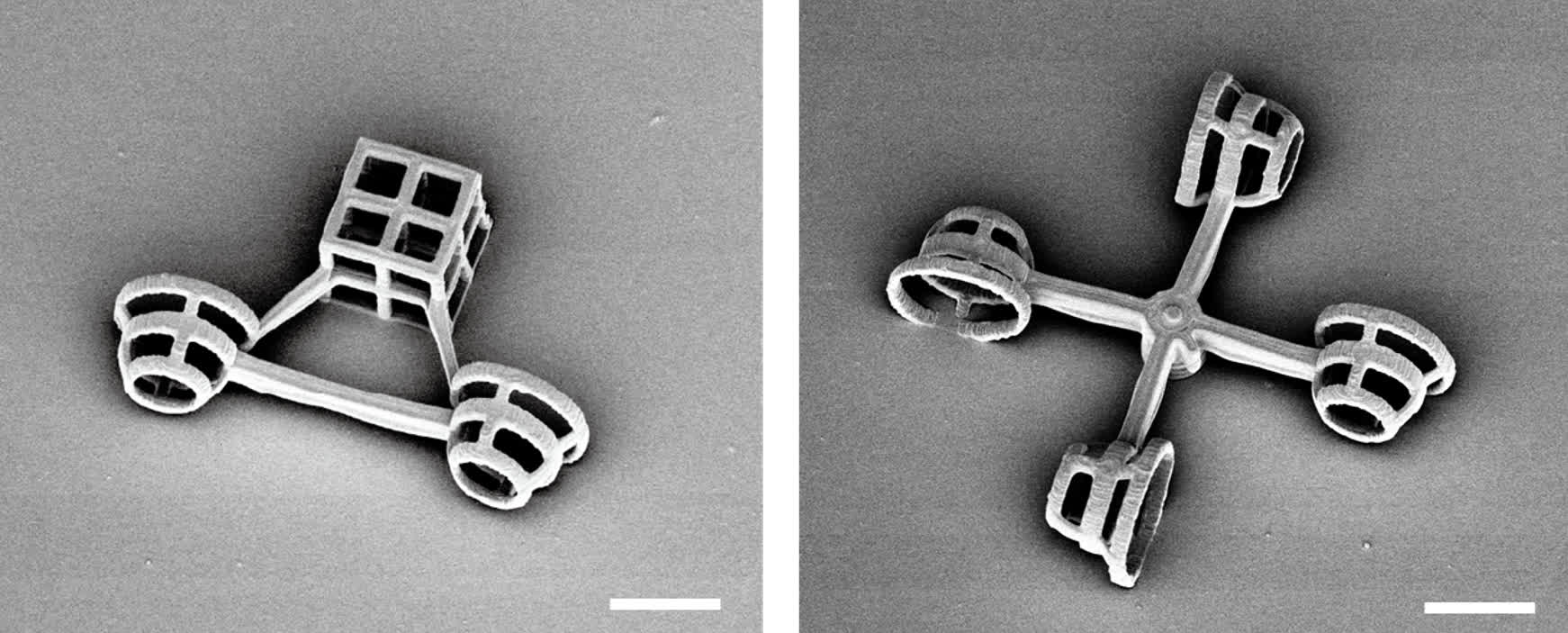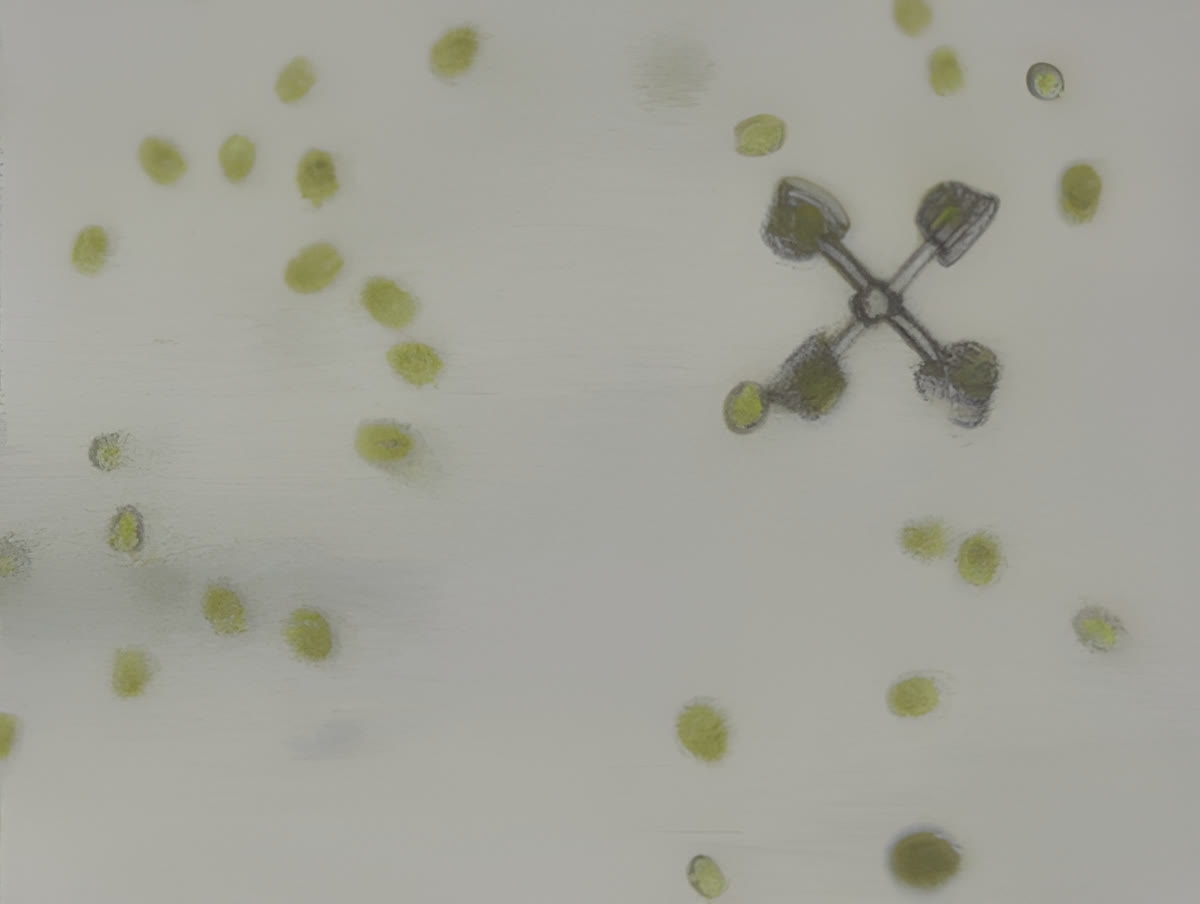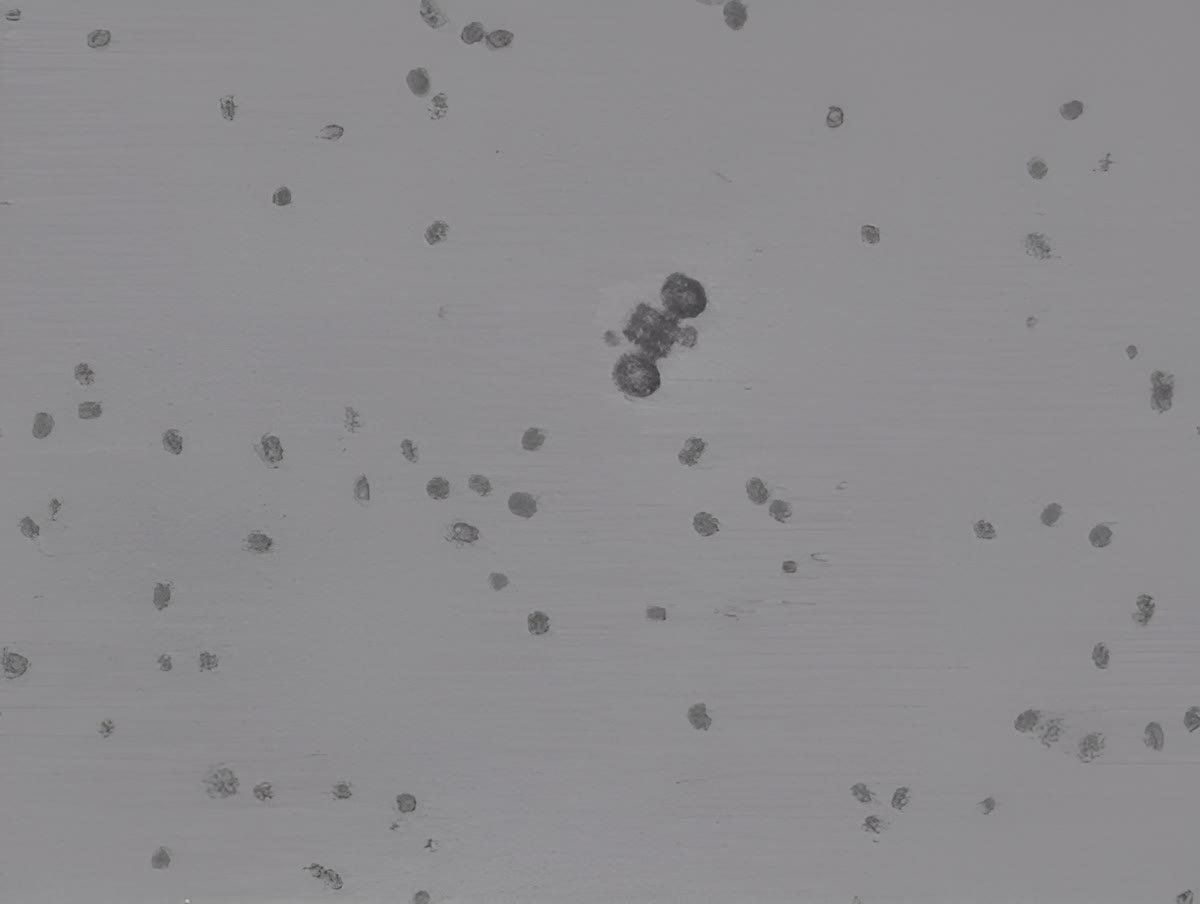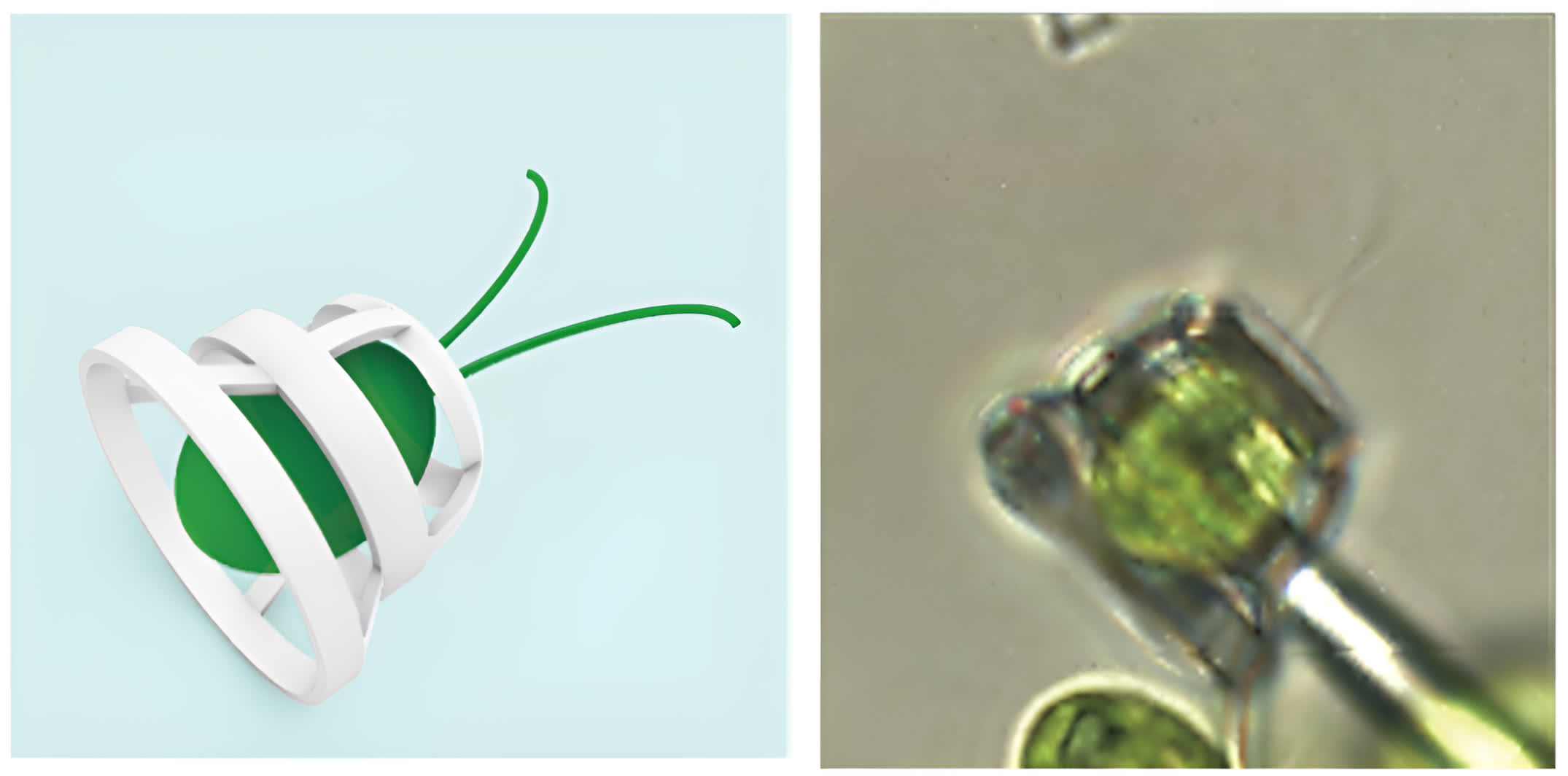In context: Algae-powered micro-machines aren't entirely new. Previous research employed microrobots propelled by algae to deliver drugs for treating lung cancer and inflammatory bowel disease. However, a new project improves on the same concept by requiring no chemical modifications or unnatural treatments. It is as simple as using algae in the same way as a horse draws a cart.
Researchers have engineered miniature vehicles propelled by teams of single-celled algae, like tiny green chariots pulled by microscopic steeds. The project, led by researchers at the University of Tokyo, has created two algae-driven micromachines dubbed the "rotator" and the "scooter."
These tiny vehicles trap lively Chlamydomonas reinhardtii, a motile green alga found worldwide, in 3D-printed basket-like structures. The team fabricated the tiny 0.001 mm vehicles using a specialized 3D printing technique called two-photon stereolithography, which utilizes light to create microstructures from plastic.
The trickiest part was optimizing the basket designs to snugly catch the algae while leaving enough wiggle room for the appendages to propel the machines. The scientists overcame that with two vehicle designs.

The first was a rotator model with four algae baskets arranged in a windmill-like formation to power a rotational movement. An individual Chlamydomonas reinhardtii can cruise at over 100 micrometers per second. However, with four algae engaged, the wheel achieved an average speed between roughly 20 and 40 micrometers per second.
The second scooter design featured two forward-facing baskets, each holding a single alga, which the researchers expected would propel the machine in a straight line. Unlike the rotator, which exhibited a smooth rotational movement as expected, the scooter displayed "erratic rolling and flipping" instead of linear motion.

"This has prompted us to further investigate how the collective movement of multiple algae influences the motion of the micromachine," said lead author Haruka Oda.
A principal advantage of this biocompatible system is that neither the 3D-printed vehicles nor the algae require unnatural modifications. The organisms just freely swim into the printed traps without fancy guiding structures.

The researchers have yet to determine the maximum functional duration of these micro-chariots. While individual Chlamydomonas reinhardtii cells only survive a few days before dividing to produce four new algae, the prototypes ran for several hours without issues during testing.
The study's next steps include refining the rotator for higher spin speeds and designing new, more complex algae-mobile models by further investigating how the algae's movements influence machine motion.
Professor Shoji Takeuchi, who supervised the project, explained that this technology allows them to place algae movements under a microscope to understand how the algae coordinate. Looking ahead, he said they could evolve it into an all-natural system for environmental monitoring or even cleaning up water environments by employing algae to transport pollutants or nutrients.
